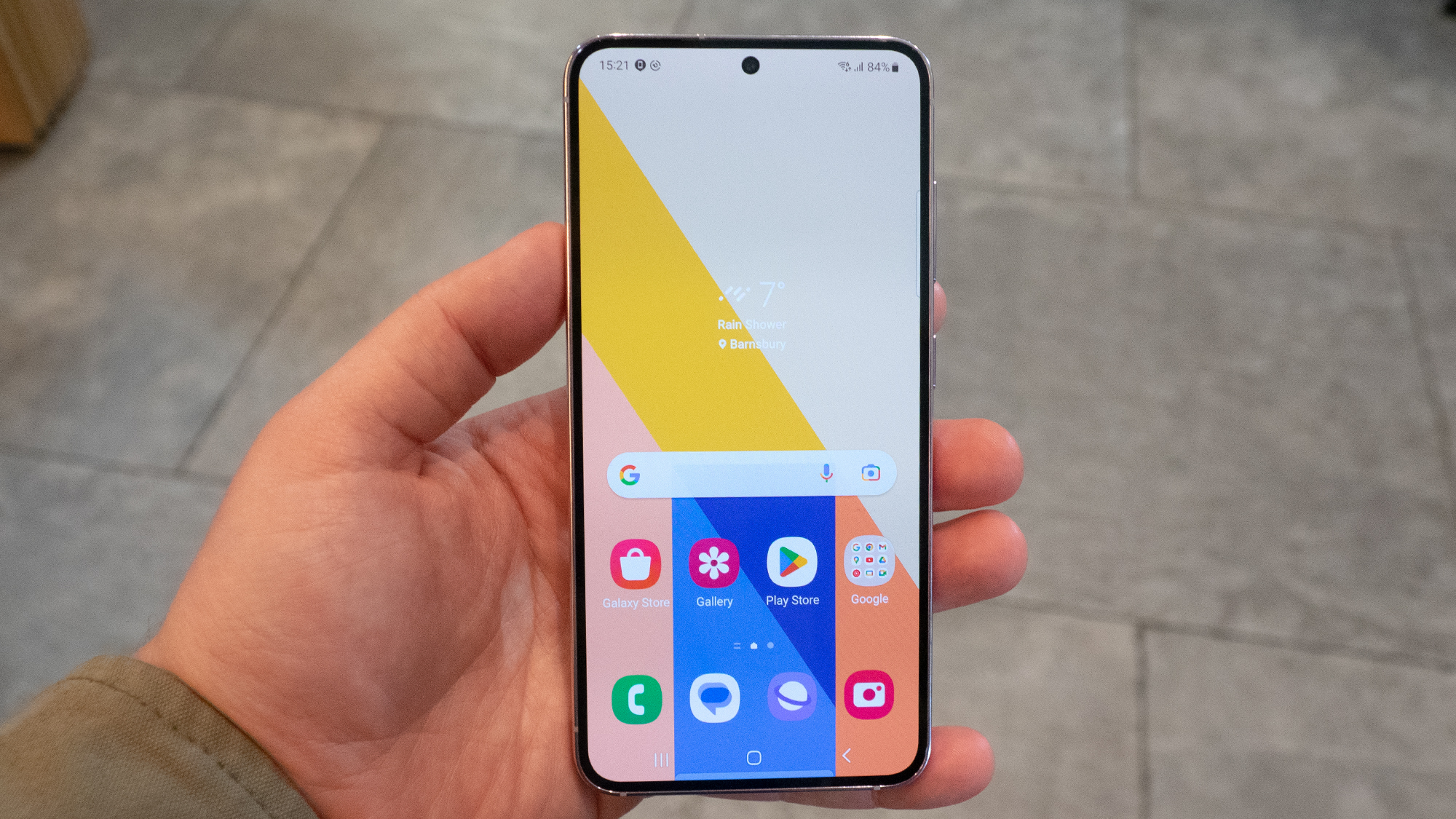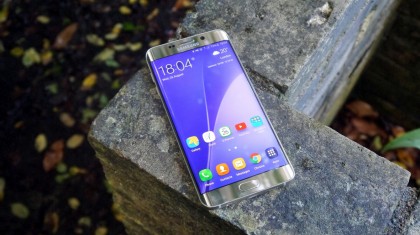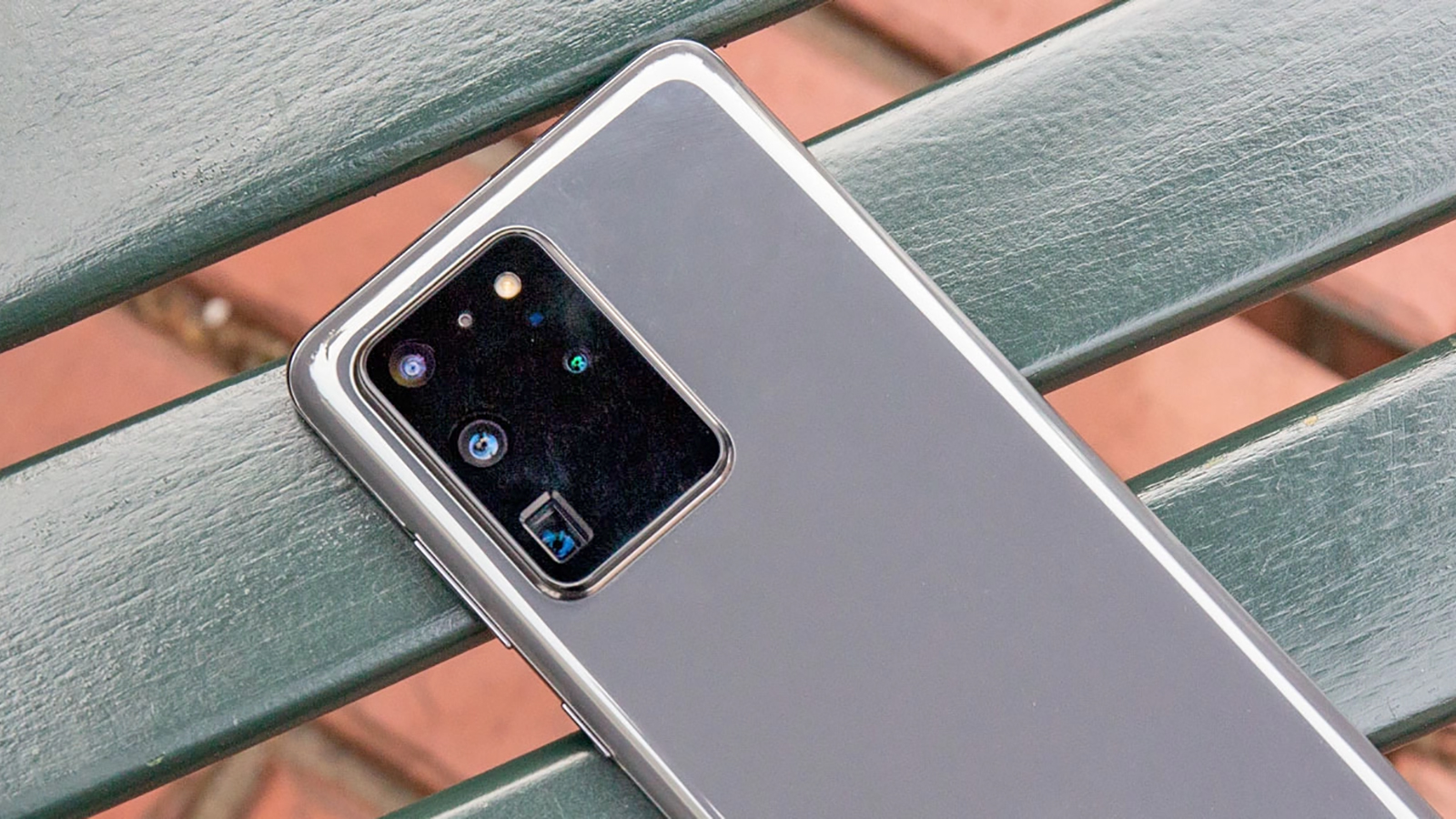With Galaxy S23, Samsung makes a great argument for buying its cheaper phone
Why spend more if the Galaxy S23 is just as powerful?

When the first iPhone launched in 2007, there was just the iPhone. There was no Pro, or Plus, or Ultra. At Samsung Galaxy Unpacked 2023, we knew there wouldn’t just be one new Galaxy S23, there would be three. This year, though our Galaxy S23 Ultra review found the phone very exciting, Samsung has made a great argument for sticking with the most affordable member of the Galaxy S23 family.
The first time we got a model mix at a phone launch was with the iPhone 6 and iPhone 6 Plus. Apple needed a bigger iPhone to compete with Samsung’s Galaxy Note, which wasn’t a huge seller but was getting a ton of accolades and attention for its shockingly (at the time) large screen.
Samsung didn’t need a Plus model because it had the Note. If you wanted a smaller phone, you bought the water-resistant Galaxy S5. If you wanted a larger phone, you bought the formidable Galaxy Note 4.
Before the Plus, there was the Edge
When Samsung launched the Galaxy S6, it also announced the Galaxy S6 Edge. It was a slightly different look, with dramatically curved sides and a higher price tag, but no other differences. It was the same size as the Galaxy S6.
Later in the year, when the Galaxy Note 5 was released, Samsung also gave us a stylus-free version of that phone and called it the Galaxy S6 Edge Plus. It had the large-screen form factor of the Galaxy Note, but the curved glass edges of the Galaxy S6 Edge. It didn’t have an S Pen.
Okay, Samsung calls its phones the Galaxy S6 Edge+, not ‘Plus’, but a ‘+’ sign is horrible for search traffic and it looks bad in text, so we made the editorial decision to spell it out. The + looks great on a phone logo, not in a phone story.

The Galaxy S6 Edge Plus began the trend of multiple variations on the same theme. The next year came the Galaxy S7 and the slightly larger S7 Edge. Then we got the Galaxy S8 and the Galaxy S8 Plus, and thus the Plus moniker was solidified across the brands as the larger version of the same phone.
At first, this wasn’t so bad because the Plus was just bigger. It had the same cameras, the same processor, and all the same good stuff that makes the phone perform well. The battery would be bigger, of course, because the larger phone can fit a bigger battery. That’s fair. Otherwise, Plus just meant more screen. Small-screen fans weren’t left feeling like second-class buyers.
Of course Apple made things difficult for everybody
That changed with the iPhone 11 Pro and iPhone 11 Pro Max. With those phones, you could only get everything the Apple was offering if you spent more and bought bigger. The iPhone 11 Pro had a third camera lens. The base-model iPhone 11 still had the same A13 Bionic chip as the Pro model, but that performance parity would eventually come to an end with the iPhone 14.
Samsung followed suit at the next Galaxy Unpacked following the iPhone 11 launch. It skipped ahead in numbering from Galaxy S10 to Galaxy S20, a wise choice in early 2020. Now Galaxy numbering matches the year.

That year we also got the simply larger Galaxy S20 Plus, and also the first Ultra, the Galaxy S20 Ultra, which added an extra camera over the base model and boosted the megapixels across all the camera sensors.
'Ultra is best' has become accepted dogma; if you want the best phone, that's the one you need to buy. Apple has its iPhone 14 Pro Max, but next year we expect to see an iPhone 15 Ultra instead.
OnePlus has taken the interesting step of consolidating its lineup this year. It has only pre-announced a OnePlus 11, with no Pro model. Of course, that phone won’t be official until February 7, so there could still be more to learn. OnePlus also likes to launch a mid-year update to its current generation, so who knows what we’ll see in six months.
You don't need the Ultra, the Galaxy S23 is great enough
All of the Galaxy S23 phones benefit from the Snapdragon’s improved image processing
As my favorite comedian Stephen Wright said on his album I Still Have A Pony, “I bought a new camera, it’s very advanced. You don’t even need it.” This year, I’m saying skip the Galaxy S23 Ultra – that 200MP sensor is so advanced, you don’t even need it.
That’s because photo magic is also happening on the Qualcomm Snapdragon 8 Gen 2 platform, not just the camera sensor. Sure, the Galaxy S23 Ultra gets the big, fancy Samsung ISOCELL HP2 sensor, but the Galaxy S23 and S23 Plus also get a sensor upgrade, and all of the Galaxy S23 phones benefit from the Snapdragon’s improved image processing.
That means even the base model should see a serious boost in low-light capabilities, and also the pixel-binning photo features that combine pixels into a more refined, smaller image. All of the Galaxy S23 models will be able to shoot in 50MP raw format, which is similar to the largest images the iPhone 14 Pro Max can produce.
What do you get for so much more money?
What else do you get if you pay so much more for the Ultra? You get more storage, but most folks keep photos, videos and music in a cloud, not on their device. That 128GB is probably enough if you’re not a professional vlogger recording tons of 4K video.
You also get the S Pen, which you probably need even less than the 200MP camera sensor. If a stylus is a must, go for the Ultra, but if you're on the fence, don’t bother. You’ll forget the phone even has a pen.
What the phones have in common is more important. You get all of the power and performance of the Ultra with the Galaxy S23. You get the fast and bright display, as well as the highly polished design.
You get all of the same software features, and most of the same camera goodies. You get Space Zoom, but it’s only 30x instead of 100x. The moon will be a bit farther away.

The Galaxy S23 Ultra costs almost 50% more than the Galaxy S23 in every region. That’s a huge difference that's hard to justify if you're being cost-conscious. The Galaxy S23 isn’t a major step down from the Ultra. It’s a flagship phone in its own right, with the power to back up its claim to the title.
You don’t need to spend more this year to get the best Samsung phone. Spending more will get you more features you may not need, but that won’t make the phone better. Samsung gives you almost everything you need in the Galaxy S23, and this year makes a compelling argument that the more affordable model is the one to choose.
Get daily insight, inspiration and deals in your inbox
Sign up for breaking news, reviews, opinion, top tech deals, and more.

Phil Berne is a preeminent voice in consumer electronics reviews, starting more than 20 years ago at eTown.com. Phil has written for Engadget, The Verge, PC Mag, Digital Trends, Slashgear, TechRadar, AndroidCentral, and was Editor-in-Chief of the sadly-defunct infoSync. Phil holds an entirely useful M.A. in Cultural Theory from Carnegie Mellon University. He sang in numerous college a cappella groups.
Phil did a stint at Samsung Mobile, leading reviews for the PR team and writing crisis communications until he left in 2017. He worked at an Apple Store near Boston, MA, at the height of iPod popularity. Phil is certified in Google AI Essentials. He has a High School English teaching license (and years of teaching experience) and is a Red Cross certified Lifeguard. His passion is the democratizing power of mobile technology. Before AI came along he was totally sure the next big thing would be something we wear on our faces.